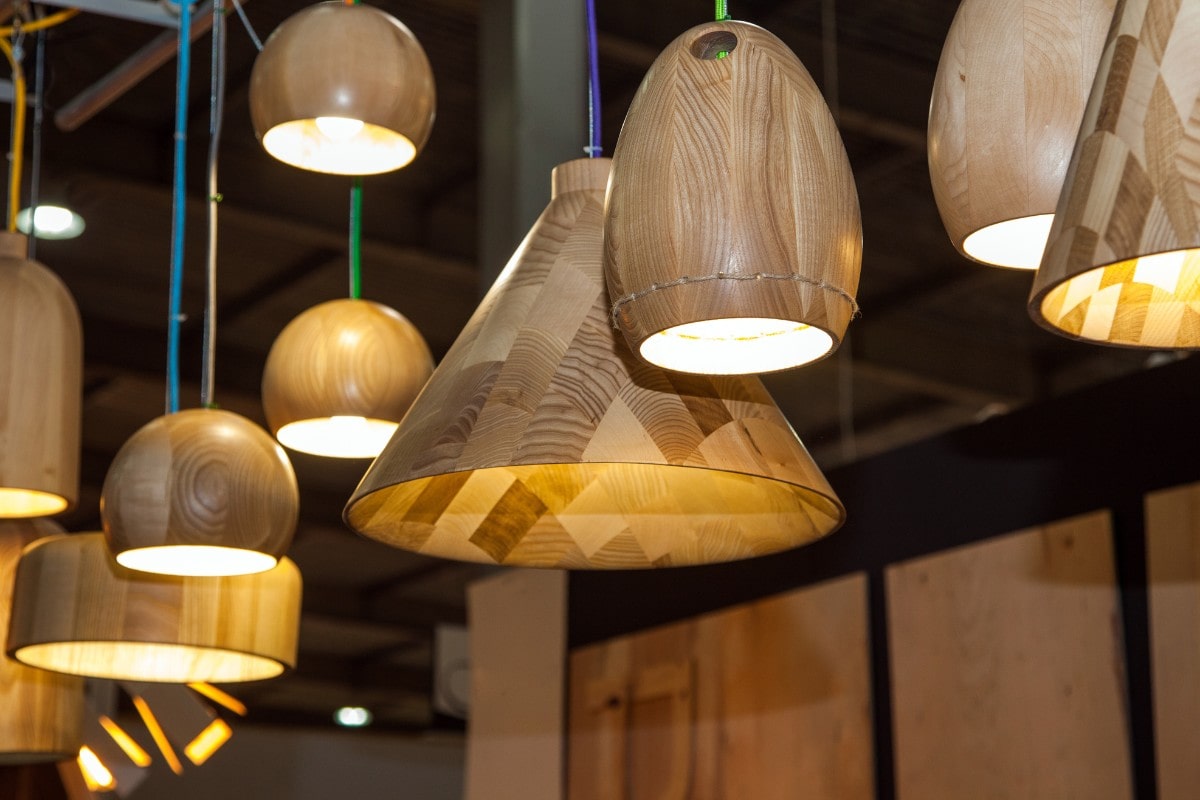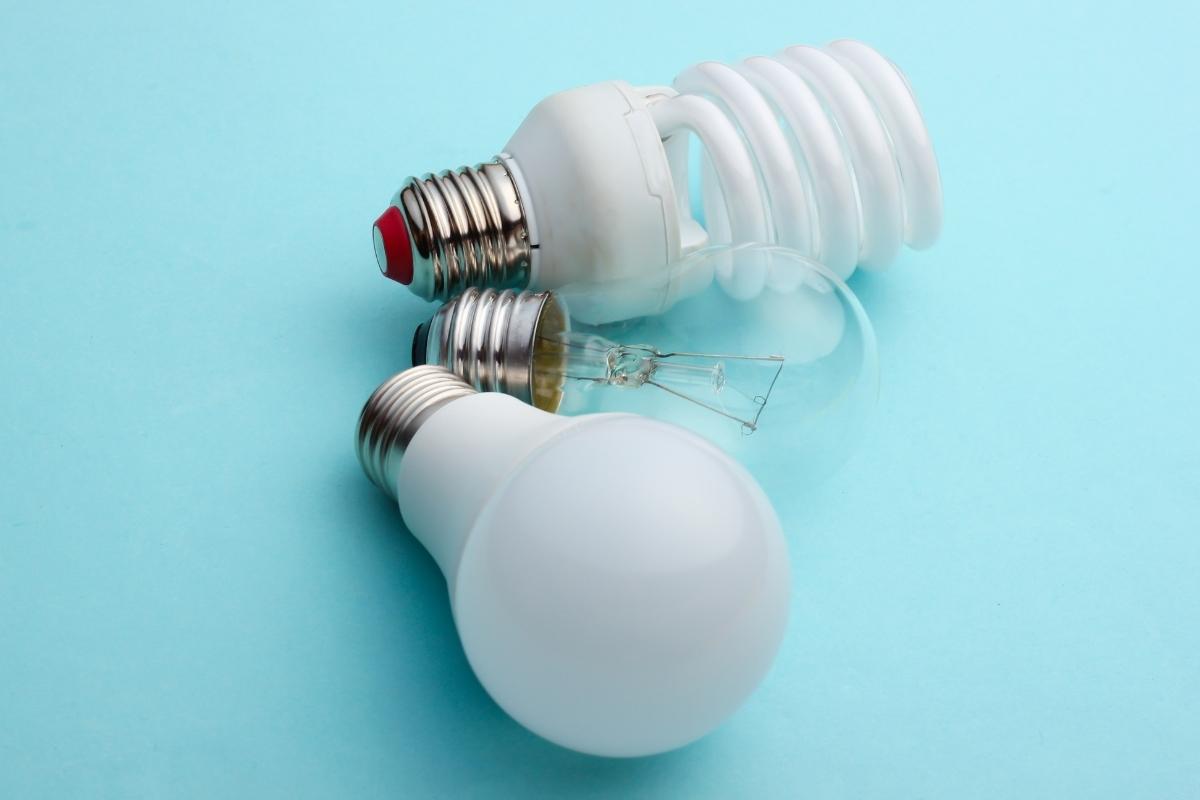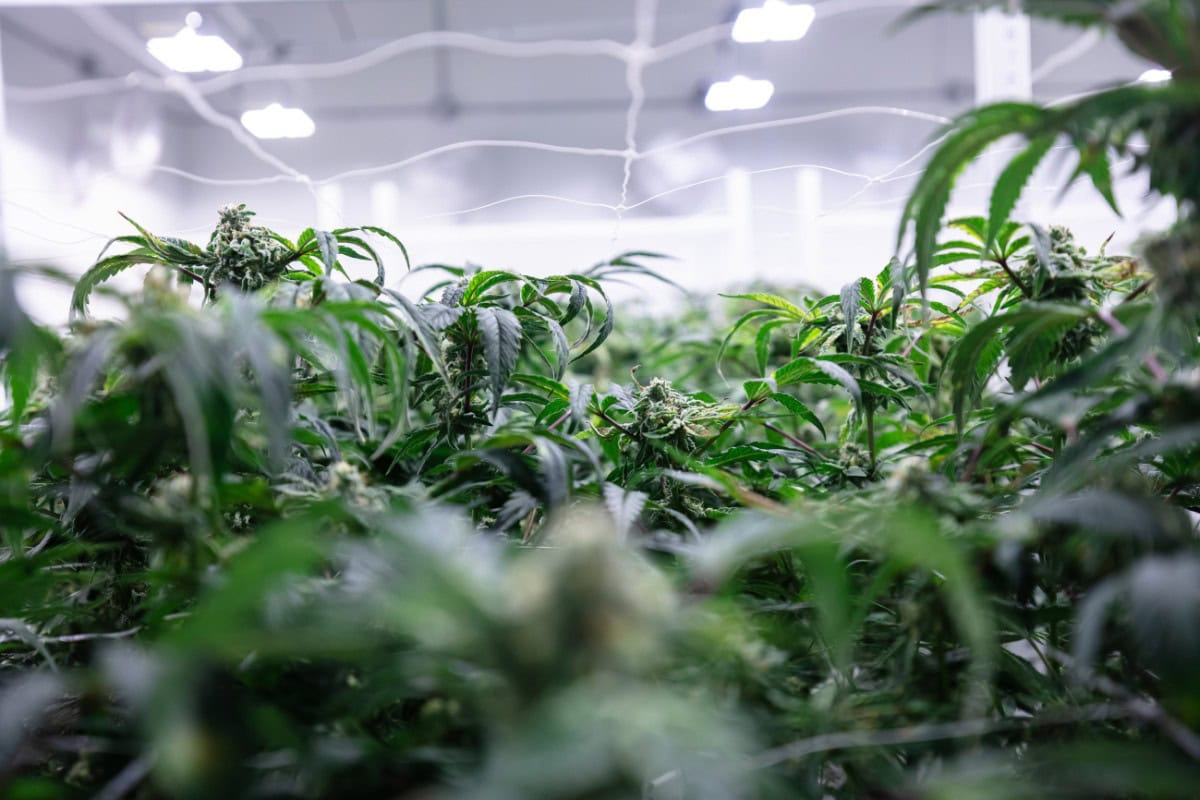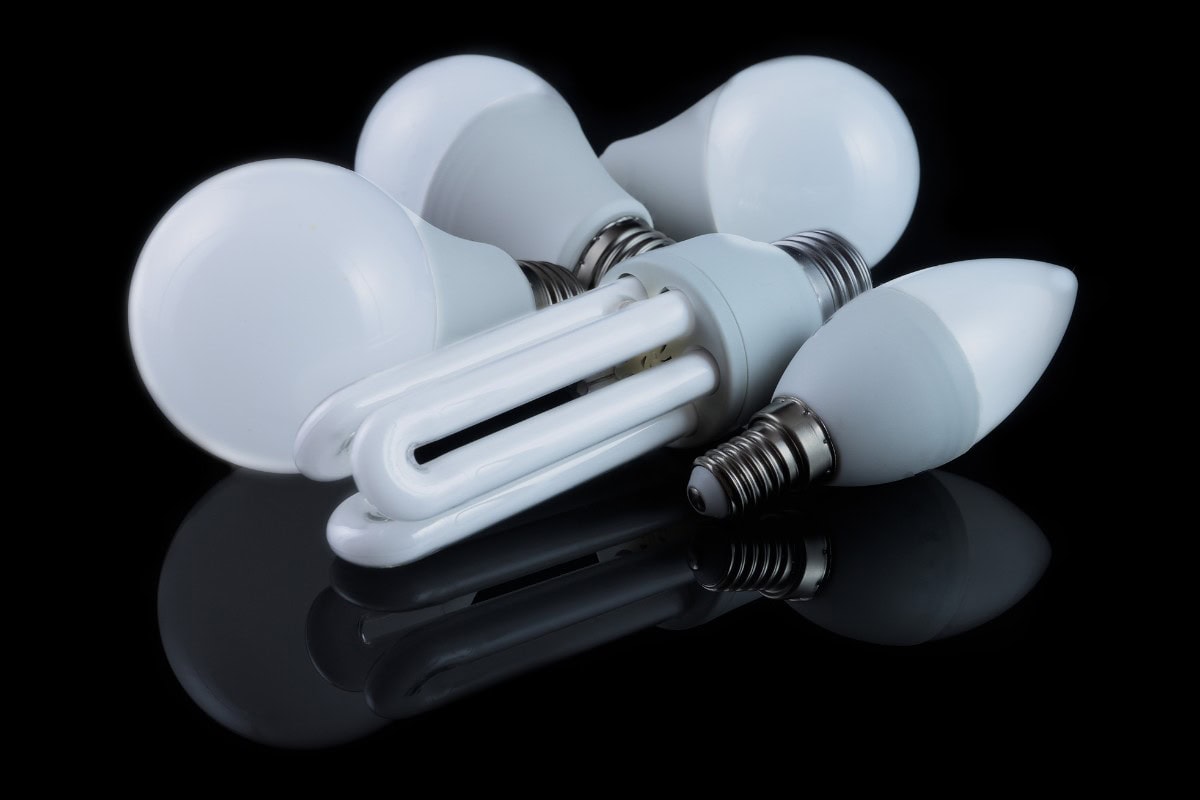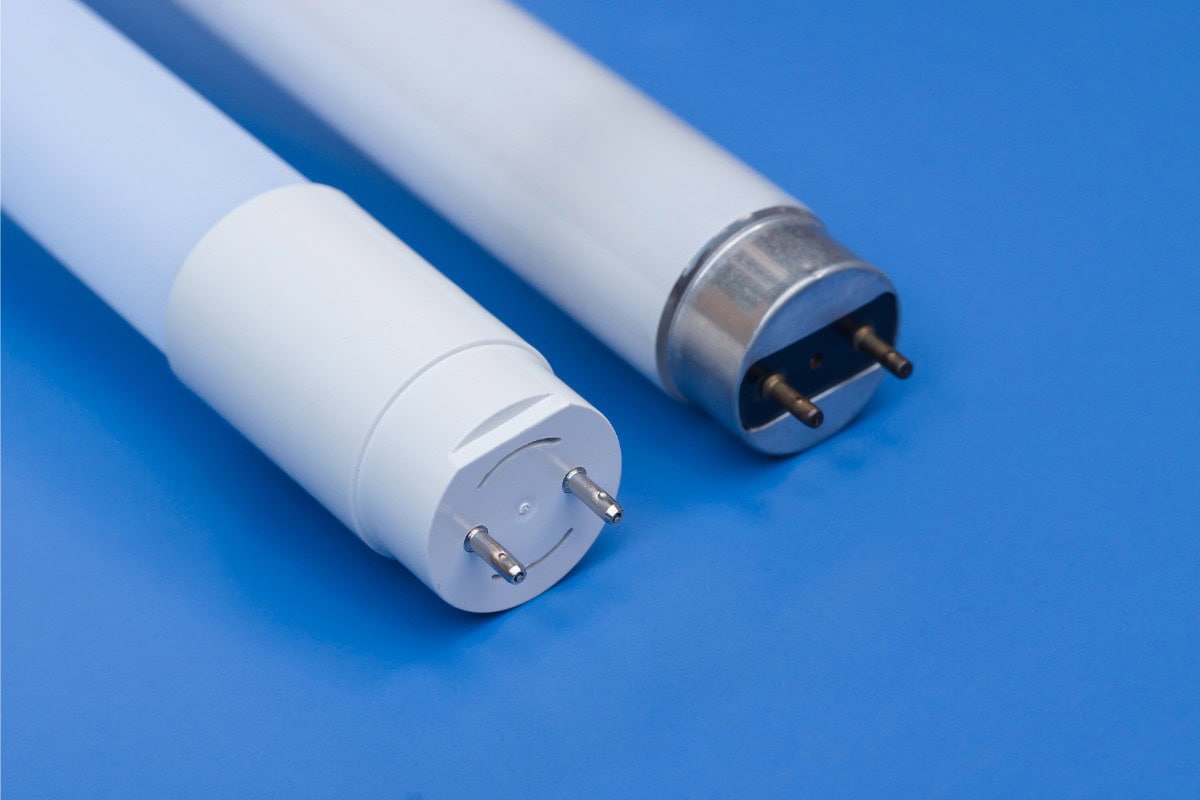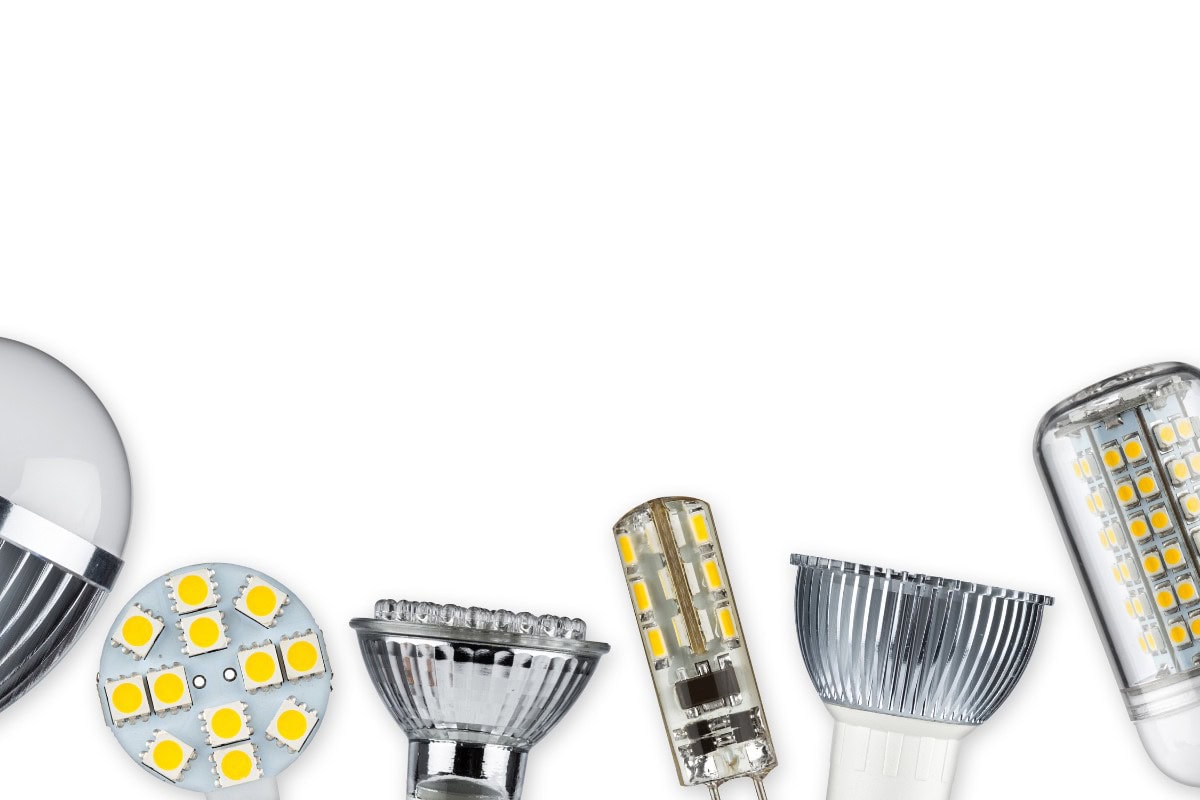If you know anything about lights, you may already know about the LED, fluorescent and incandescent kinds. However, too many people know the names but do not understand the features. It is important to compare the different types of light bulbs made for different purposes from plant growing to kitchen lighting. To choose a unique bulb for your specific light fixture, know about all of your current options on the market.
Growing With Led Lights: Benefits and Savings
Not all plants grow the same way under the same conditions. You must review the options before you choose the right grow lights. There are certain products that you must analyze and buy carefully. Before you invest, know as much as possible about the various benefits and savings that come with using T5 grow lights.
Energy Efficiency
The use of energy-efficient grow lights is beneficial in a number of ways. The greater the efficiency, the greater the growth rates of the plants. You also receive more profits as you cut down on electricity costs. Many grow lights are being promoted without the ability to conserve power. Invest in lights that help you grow plants and avoid depleting valuable resources from the environment. T5 grow lights are specially made to solve this efficiency problem.
Compared to T8 and T12 light models, the T5 ones are made with the greatest energy efficiency. A T5 light creates as many as 100 lumens per watt, so it shines a bright light in a way that saves energy. As you accomplish your growing needs, you have the chance to cut your energy usage needs by up to 60%. There is no longer a need to use a large collection of lamps at once. Simply shine one T5 on your plants.
The problem with traditional lighting is that incandescent bulbs are the least efficient. These lights use only 20% of the energy generated and waste the remaining 80% as heat. You will waste a significant amount of money on bulbs that emit too much heat and save too little energy. Fortunately, there are T5 fluorescent and LED versions that fit into all of your light fixtures in a home or office.
Extended Lifespan
T5 light bulbs are made to last for at least 20,000 hours. This power is sufficient enough to be used on plants for years without worrying about a replacement. After many years of use, the grow lights continue working like new. Any buyer should expect a very long lifespan that could last for your entire lifetime.
Reduced Heat Loss
A significant problem that comes with long-term light bulb use is extreme heat. If a bulb is left on, it becomes unbearable to touch after a few minutes. Having an excessive amount of heat circulating through the room is not recommended. The homeowner will have to turn on the air conditioner to bring in cool air and run up the electric bill.
There are T5 fluorescent grow lights that remain cool and easy to touch after long-term use. You can keep these cool lights next to fake or real plants. Maintain a large scope of bright light in the room without heating it up uncomfortably or taking up too much space with air conditioners.
The most common types of grow light bulbs are the T5 fluorescent and LED kinds. For decades, fluorescent lighting has been proven to work efficiently in commercial buildings. Even so, LED lighting has replaced the fluorescent and incandescent versions of the past. Even though some T5 fluorescent tubes seem expensive at first, the savings add up over the years. The T5 tubes work well in homes, business offices and grow rooms. The T5 lights are so bright, clean and energy efficient that you should not try to find any other source of light.
Eco Friendly
Think about the benefits to the environment when you use T5 lights. Instead of investing in less efficient T6 or T12 models, replace your old bulbs with LED ones that do not contain chemicals and remain cool to the touch. Fluorescent lights are known to contain mercury, but LED ones do not contain any toxins. Also, LED fixtures are entirely recyclable so that you do not overflow the landfills. Due to the long lifespan of these bulbs, be able to use these lights for many years without making any replacements.
Usually, spending less money on lights means that manufacturers are using fewer resources to make the bulbs. Operating a T12 system could add up to $16,000 for every 160 watts, which is more expensive than necessary. However, a T5 system is usually cheaper and more efficient with fewer watts used, and savings add up to 75% of the T12 cost. The T5 bulbs wane in performance only by as little as 5% compared to 20% for T12 lights.
Proven Reliability
As the technology on lighting has improved, LED units have increased in popularity, making them ideal choices for grow rooms. These lights are known to be cool, multicolored, energy-efficient and long-lasting. The T5 LED grow lights come with even more benefits for consumers. Some sources claim that LED lights last as many as 100,000 hours. After nearly 30,000 hours, the lights decline in performance. Even many T5 lights are known to remain cooler and longer lasting than the LED versions. With the combination of LED and T5 features, you can guarantee that your grow lights will bring many years of high quality.
Increase the Savings of Your Lighting
No one buys lights that are totally energy efficient. You must do the work to save the most energy and money as you use lights. First, replace all of your old light bulbs with newer, more energy-efficient ones that shine brighter and last longer. The ones that save the greatest amount of energy are LEDs and CFLs. Use LEDs to aim spotlights on various plants in your garden. You can buy dimmable versions that save even more energy. Save hundreds up to thousands of dollars a year by following these simple steps.
Another way to create savings is to control how you use lights. If you plan to leave a room for long periods of time, turn off the lights, even if it is an hour. Throughout the house, know the exact number of lights working. If there are visually impaired people in the house, install night lights with motion sensors. You can buy lights with timers that turn on or off at certain times of the day. When you carry out certain tasks, use the most appropriate lights. Use a dimmer when you watch TV and a bright, concentrated desk lamp when you read.
Light Bulb Types
Not every light bulb works for every fixture. Before you buy anything, know that there are different bulb sizes and designs for commonly used lights. From incandescent to LED lights, the options are varied and increasing every year. There are many different types of bulbs available, but you must know the differences first.
Traditional Lights
Traditional lights are usually incandescent bulbs, tubes and other fixtures that have been used the longest than all the others. These lights are also the cheapest and most energy-efficient. Less than ten percent of the electricity is used for actual light, and the rest is wasted as heat. The light color is usually golden or white. These bulbs are the shortest lasting because the filament inside burns up easily, so users have to make many replacements.
Halogen Lights
Halogen lights are brighter and higher in temperature than the others. Also, halogens are more energy efficient than regular ones. These fixtures are used for spotlights in theaters, parking lots or other large spaces.
Even though halogens are more efficient, they are used more rarely. It is not recommended to install the lights for regular use. Rooms equipped with halogens are brighter than necessary for normal tasks like reading or watching TV. It is better to install low-output light bulbs for bedrooms, kitchens and living rooms.
Compact Fluorescent Lights (CFLs)
Compact fluorescent lights (CFLs) are more efficient than incandescent lights and less efficient than LED ones. Compared to incandescent lights, CFLs operate at 75 percent less energy and last decades longer. CFLs are made in a wider range of sizes, colors and shapes than traditional and halogen lights. These types are recommended for regular home and business use.
Linear Fluorescent Lamps (LFLs)
Also known as strip lights, linear fluorescent lamps (LFLs) operate in the same ways that CFLs do. The main exceptions are the length, size, quality and efficiency of the light tubes. LFL ones are flatter and longer in appearance. Strip lights use less electricity and start up faster than CFLs. Like halogens, LFLs emit very strong, bright lights that are not good for regular use. In places where brightness is needed, such as parking lots, LFL lights are installed. Within homes, these lamps are placed above bathroom mirrors and kitchen counters.
LEDs
LEDs are well known in the lighting world from all kinds of consumers. Using these devices saves significant amounts of energy and money on energy bills. LEDs are placed in countless bulbs found all over homes and businesses. Building managers use them in emergency exit signs, and makeup artists use them in dressing mirrors. At first, LEDs were expensive, but nowadays, these lights are more affordable and widely available. If the cost is high initially, the buyers are reimbursed over time. The savings add up significantly over many months and years.
Light Shades and Accessories
Too many people do not make good use of lampshades. The design is made to reduce the amount of distracting glare and light. They may not know about accessories like light fittings that affect the way the light hits the room. Store owners use fittings to shine light on their displays. Reflective qualities are already made into halogen and LED lights, so fittings are not necessary.
Ballasts are made to conserve energy as you use your lights. Place these units in homes and commercial buildings where people use excessive electricity. If too much electricity overloads the device, it is more likely to get destroyed. There is more than one type of ballast available for your selection: CFL, electronic, dimming, high-intensity lamp (HID) and fluorescent lamp. It is up to the consumer to buy the right product for the specific lighting needs.
Emergency Lights
There are special light fixtures made for anyone interested in an LED emergency exit lights system. Every building must come properly equipped with emergency exit signs near the exit doors. It is legally required to protect building visitors or residents. It is easy for a fire to spread from one side of the room to the other, so signs make the exits easier to see through thick smoke. Maintaining the performance of these signs is a top priority before any significant repairs are needed. LED lights are made in different colors, including the typical emergency red and white colors. The lights shine brightly through the thickest and blackest smoke so that people can exit buildings safely.
Modern Lighting Made Easy
Nowadays, modern lighting is becoming easier to deal with as the product selections increase. In the future, manufacturers predict that white LED lights will become more efficient, more powerful and less expensive than traditional lights. They hope that everyone will use these bulbs in houses, streets, emergency signs and office buildings.
Improve the way that you do lighting by investing in the right light bulbs. First, review a thorough lighting guide that helps you distinguish among the different ones. Then, review the many different benefits that you get from investing in advanced lighting trends of today.

